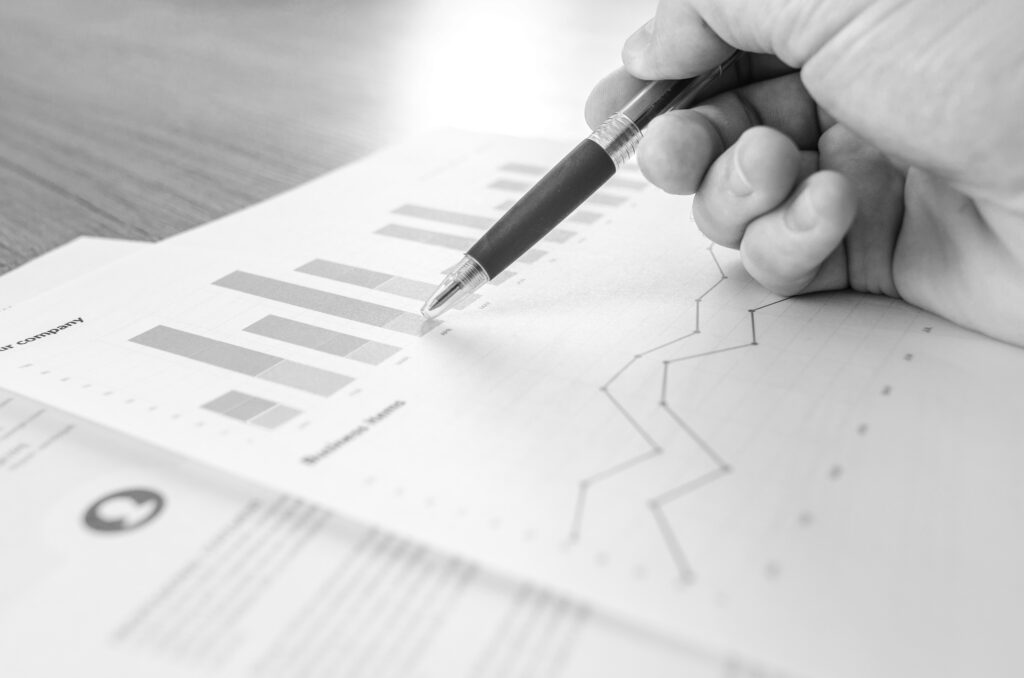What Is Data Quality?
Data is often the most valuable asset for a company because it’s possible to use it in so many ways. You can use data to improve processes, gather insights, or predict trends through data analysis.
For instance, let’s say your company sells meal kits that customers cook at home. To prepare plenty of food boxes, you’ll want your data scientist to analyze historical selling data to predict the number of food boxes you will likely sell during the Christmas period.

This article explores data quality, the link between data quality and data analysis, why data quality matters, and how you can improve it. Ready?
What Is Data Quality?
As mentioned before, data forms the foundation of critical business decisions, insights, and predictions.
However, if your data layer is of low quality, it becomes a challenge to find accurate insights. Your data’s quality helps decide the success of your business because it forms the foundation of all operations and processes.
Data quality refers to the precision, value, and trustworthiness of the information serving a particular goal, such as helping you make a certain business decision. Data quality is low when your data can’t help you answer a particular question.
Why Does Data Quality Matter?
Low-quality data can affect your business operations because it prevents you from making accurate business decisions or gathering relevant insights. Therefore, it’s important to monitor the quality of your data consistently.
Let’s say you want to create a graph that represents several age groups for customers. To gather this information, you need each customer’s birthday. Unfortunately, while aggregating this data, you encounter one of the most common data problems: lack of data standardization.
Your dataset contains many date formats for the birthday field, such as “dd/mm/yyyy”, “mm/dd/yy”, or “dd,month,yyyy”. Because of the data format inconsistency, it’s not possible to create this graph.
Fortunately, data analysis techniques allow you to process data to avoid similar problems. Let’s take a look at how you can make data quality better.
Improving Your Data Quality
You can use data analysis techniques to improve data quality. Data analysis relies on several techniques to process raw data into more meaningful, high-quality data.
Let’s look at different techniques and tips.
Tip 1: Use a Data Cleansing Tool
This tool lets you fix many small but common data mistakes. Here’s what data cleansing helps you do:
- Fix incorrect data formatting. You saw this in the example above with different date formats. Another name for this process is data standardization.
- Remove duplicate entries from your dataset.
- Handle missing data. Depending on the amount of information you have for a record, you can decide to drop a record. However, some tools try to populate missing fields with dummy data—but keep data integrity in mind.
- Fix small mistakes such as null fields or fields with incorrect capitalization for names or addresses.
Tip 2: Replace Data Silos With a Single Source of Truth (SSOT)
Data silos happen when each department records information in its preferred storage mechanism.
Let’s say your marketing department uses a specific tool for sending out its newsletter. This marketing tool contains detailed customer information, and the marketing team doesn’t share this information with other departments. This is a prime example of a data silo.
To prevent data silos, implement the “single source of truth” (SSOT) concept. This concept says an organization should use only one tool to record all data. Therefore, everyone bases their decisions on the same data.
However, this strategy requires education for your personnel. You may need to create new processes to guide employees on how to select and record data.
Tip 3: Define Data-Related Processes
Processes let you standardize a specific task and become more efficient. So, why not use this strategy for recording data?
Often, a lack of communication between departments is the leading cause of data inconsistency or poor data quality.
To improve this communication, you can design processes that define who should record which type of data and when. Such a process also defines where to store the data and which data format to use.
In brief, a process helps to formally describe who’s responsible for capturing data and how to do this.
What’s the State of Your Data?
This article explored data quality and how you can improve it using data analysis techniques. The main tips presented are:
- Use a data cleansing tool.
- Avoid data silos.
- Define data-related processes to improve data recording and quality.
Achieving high data quality requires an efficient combination of tools, communication, and processes. On top of that, don’t forget to educate your employees about new processes or tools to maintain high-quality data.
Want to learn more about data analysis? Check out Cprime’s data analysis boot camp!


